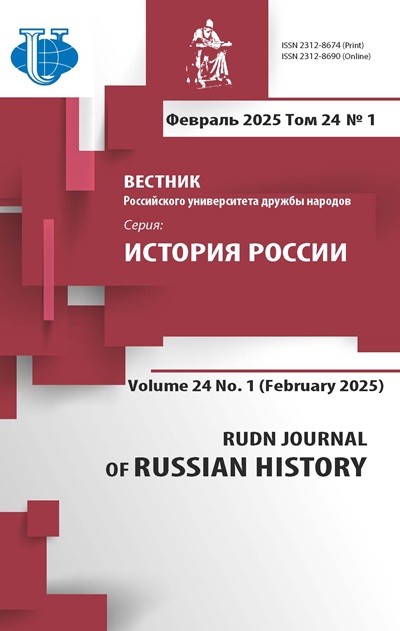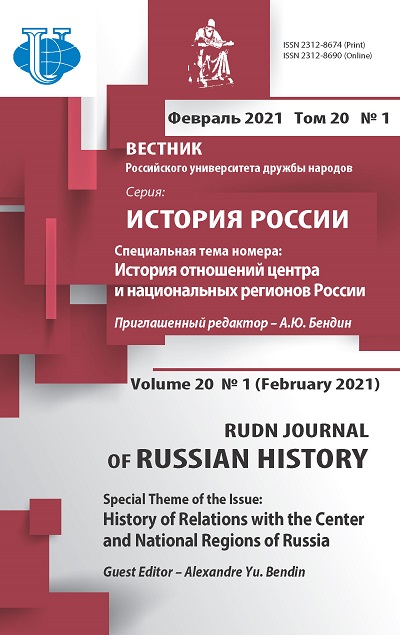Abstract
This article is devoted to the study of the functions by the Institute of Tatar mullahs in Kazakhstan at different historical periods. The author examines the activities of clergymen in the region, analyzes the internal policy of the Russian and later Soviet state, which regulated their activities by legislative acts, creating certain political contexts. Research interest is also caused by the internal policy of the state, which regulated Tatar mullah’s activities by legislative acts and it created certain political contexts. The sources for writing the work were materials of personal origin and office work, legislative and regulatory documents stored in the archives of Kazakhstan and Russia. In the initial period of the Kazakhstan's colonization the institute of Tatar mullahs was integrated into the management system of the newly-joined territory. In these conditions, the Tatar clergy had rather large powers in the Kazakh steppe. They conducted civil proceedings, document management, taught the Kazakhs literacy and agriculture, participated in government decisions, and carried out diplomatic missions. Their work gave legitimacy to the actions of the empire for the Kazakhs and promoted loyalty to the new government. In the middle of the 19th century, the attitude of the tsarist officials towards the mullahs changed dramatically. Activity of Tatar clergy was significantly limited by the Temporary Provision of 1868. Despite the prohibitions being undertaken, the political and religious influence of the ulama on the Kazakhs remained quite strong. In Soviet times, a significant part of the Tatar clergy was destroyed and completely removed from the legal field. However, although they were in an illegal situation, they continued to perform religious functions. After some religious relaxation during the Great Patriotic War, they made a significant contribution to the formation of Kazakhstani Kaziyat. The author considers that Tatar mullahs were the elite of the mobilized diaspora оn the basis of the analyzed material. Tatar ulemahs conspicuous influence was until the middle of the 19th century and occurred outside the religious sphere as well.















